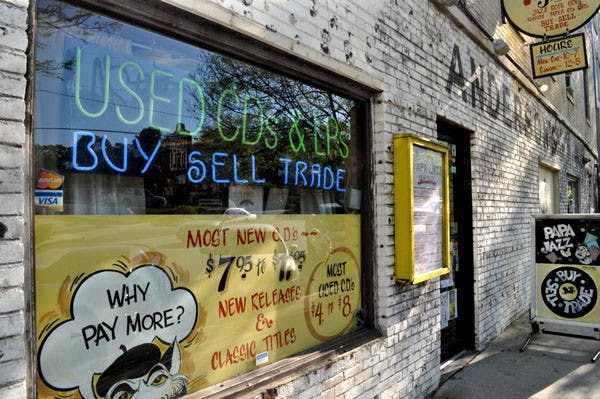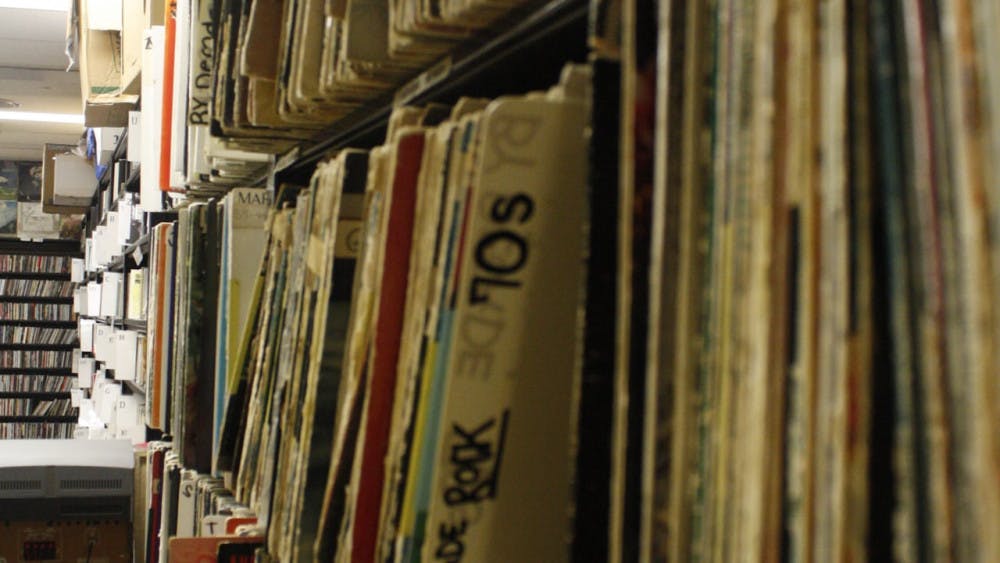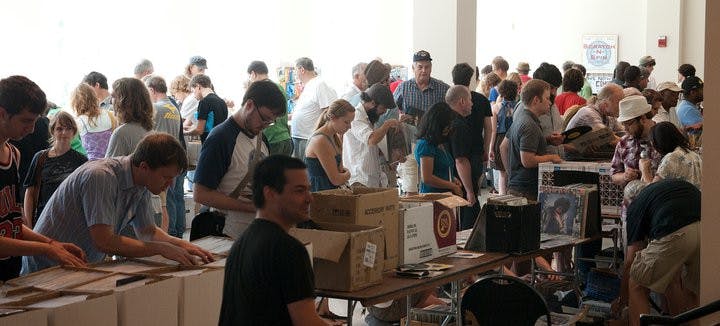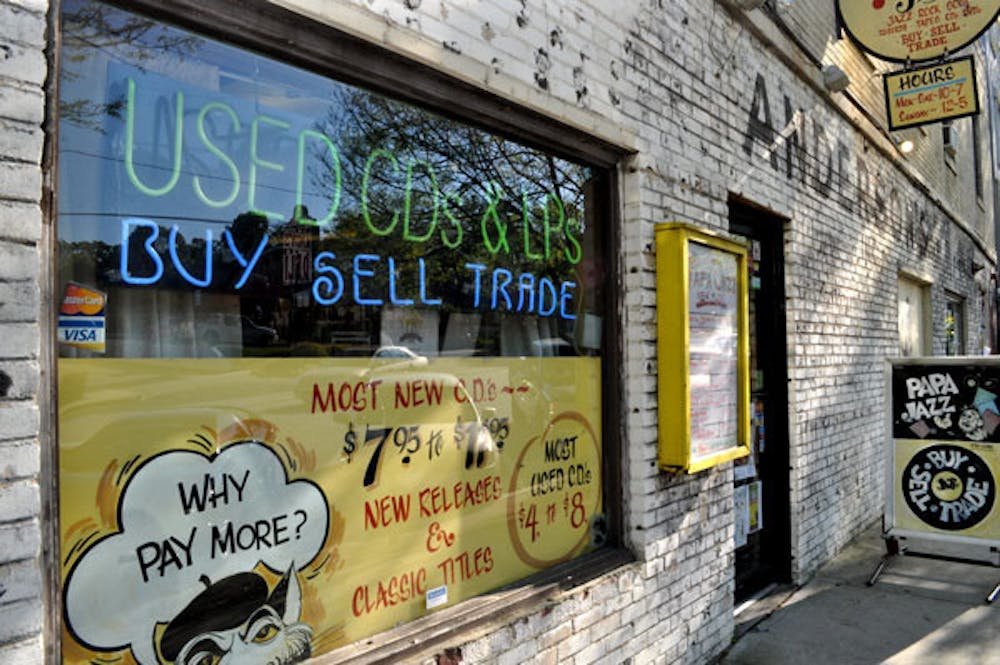The Reemergence of Vinyl Records

Music has been around since the dawn of man, and historians believe it to be used as the original form of storytelling before people wrote things down. While the artform has gone through numerous changes and trends, the current most interesting trend is the reemergence of vinyl records. In order to understand this trend, we must first look at the conception of the vinyl record. The first instance of recorded sound that could be played back was Thomas Edison’s phonograph, invented in 1877. This was improved upon by Emile Berliner, who invented the gramophone in 1889, which didn’t reach a wide audience until 1894, when 7” discs were created. Berliner’s partner improved the idea even further, starting the Victor Talking Machine Company in 1901. Since then vinyl records have gone through numerous changes, boiling down to 3 main sizes: singles (45 or 33 ⅓ rpm), LPs (33 ⅓ rpm), and EPs (45 and 78 rpm). Vinyl was the primary way to play music in the American home (besides the radio) until the 1960s when the cassette was invented. After the cassette, the CD was invented and standardized in the late 1980s and early 1990s. Because of the CD, the mp3 player was invented in the late 1990s, which has now become a part of our phones. With the growing popularity of the internet, music developed to be playable online, first as a file sharing network (Napster) then as online radio (Pandora). Now, we have online streaming services like Spotify and Apple Music, where a person can listen to the history of recorded music with an app and a monthly payment. Since the emergence of the cassette, vinyl sales were continuously the lowest selling form of recorded music, and many vinyl producers feared the mp3 was the nail in the coffin. However, as in all eras of time, teenagers decided to rebel against the current trend in order to forge a unique identity for themselves, and in the late 2000s, the hipster was born. The hipster went against the modernization of the era, and vinyl producers started to see an increase in record sales for the first time in nearly 20 years.

Many people have speculated as to why the music format has come back, and I figured that as a teenager who has vinyl records, I might as well toss my hat in the ring. It's all about collection. You might collect a record because it's one of your favorites, or it had a special impact on your life, or maybe you just like the album art. Either way, having the album saved to your phone is not as special as having a physical copy. So why not CDs? Well, there is a certain personal element with vinyl records. You don't just throw the record on your computer or into a CD player, then press play. You must physically lift the needle onto the record, and after playing the song(s), you have to flip it over, place the needle back on, then continue. It makes listening to music more of an activity. It makes the music feel more alive. And the albums you collect will likely be different from the albums someone else collects, adding a layer of uniqueness in an age where people can listen to a song from the beginning of time to something recorded by a kid in his room earlier today. The problem with streaming music is that it devalues music in a way. At this point in time, I have over 7000 songs downloaded on my phone, but after a while it's hard to remember all the songs I have and don't have. Vinyl serves as a constant reminder of the power of music, and why it is currently one of the most influential art forms.

The other reasons for vinyl is little more niche. One reason for the reemergence is nostalgia. While I personally do not feel nostalgia for vinyl records, there has recently been a trend of nostalgia in popular mediums, showcased by the show “Stranger Things” and the many remakes of classic movies. Another reason is sound quality. Many people believe that vinyl records have superior sound quality to recorded versions. I personally believe this is partially placebo/misconception, as the quality of speakers tend to have a much more noticeable impact on sound, especially since Spotify and other streaming platforms offer high quality music options. There are also very dedicated fans who have spent time personally enhancing the sound of an album or song, meaning that older artists who might not have had the best recording technology can still sound great thanks to modern technology. The final and least supported reason is that it is a good way to directly show your gratitude to an artist. Spotify allegedly pays very little, estimated to be about $0.006 to $0.0084 per stream, but it is important to remember that a musician can make money many different ways, and for the most part, artists have typically profited from concerts more than album sales. Still, buying merchandise of any kind is helpful.
While they are many reasons to collect a vinyl record, I do not think that they will ever be as popular as they once were, nor do I think vinyl records will ever replace music streaming. I also do not believe that cassette tapes or CDs will reach attain the culture relevance that vinyl has had in recent years. CDs are too similar to streaming music to warrant collecting them, and cassettes are annoying, not that collectable, and do not have the sound quality of any of its counterparts. The only reason cassettes might be purchased is if a hipster wants to go to the extreme and start walking around with a Walkman. I hope this article has provided some insight into the strange trend of higher vinyl record sales. A lot of this article is based off my personal opinions, as well as things I’ve heard people say both to me and online. If you have a reason for buying vinyl records besides what I’ve mentioned in this article, I’d be interested to hear it.
Twitter: @modrockcollect

